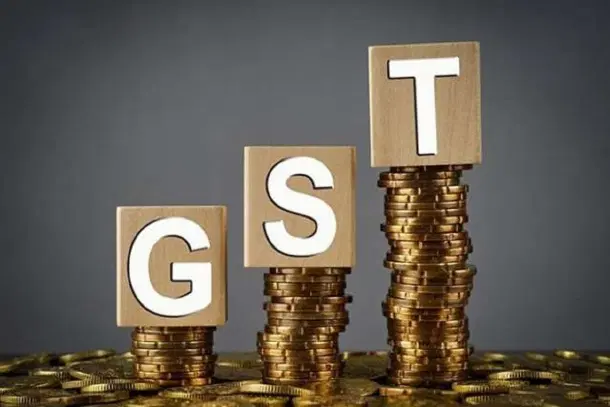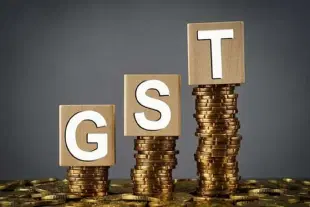News Brief
Simpler GST Ahead: 5 Per Cent And 18 Per Cent For Most Items, Only Select Sin And Luxury Goods In Special 40 Per Cent Category
Swarajya Staff
Aug 16, 2025, 09:54 AM | Updated 09:54 AM IST
Save & read from anywhere!
Bookmark stories for easy access on any device or the Swarajya app.


The Centre is considering a major overhaul of the Goods and Services Tax (GST) structure, retaining only two primary slabs—5 per cent and 18 per cent, NDTV reported, citing sources.
The restructuring plan reportedly includes shifting 90 per cent of items currently taxed at 28 per cent into the 18 per cent category, while 99 per cent of the items from the 12 per cent slab will be moved to the 5 per cent rate.
A special 40 per cent GST rate will continue for luxury and “sin” products such as tobacco, gutkha and cigarettes.
According to the sources cited in the NDTV report, this highest tax category will be restricted to just 5–7 items and will exclude consumer goods like refrigerators, washing machines and air conditioners.
Petroleum products, however, will continue to remain outside the ambit of GST under the revised tax structure.
Labour-intensive and export-driven sectors, including diamonds and precious stones, will maintain their current tax rates under the proposed structure.
Despite the restructuring, the overall tax incidence will stay at 88 per cent.
The rationalisation of GST rates is expected to stimulate consumption and balance out potential revenue losses.
The proposal draws on Finance Ministry data, which shows that 67 per cent of GST revenue originates from items in the 18 per cent slab, while the 28 per cent, 12 per cent and 5 per cent slabs contribute 11, five and seven per cent respectively.
The proposed GST revamp comes shortly after Prime Minister Narendra Modi, in his Independence Day address, promised GST reforms as part of a “double Diwali” for citizens.
He highlighted rationalised tax rates as central to the reforms, aimed at benefiting common people, women, students, farmers and the middle class.
The GST Council, comprising finance ministers from the Centre and states, is expected to review and possibly approve the proposal in its upcoming meeting scheduled for September or October.
The proposal coincides with the eighth anniversary of GST, which since its rollout in 2017 has become one of India’s landmark tax reforms, streamlining indirect taxation and improving business operations, particularly for small and medium enterprises.





